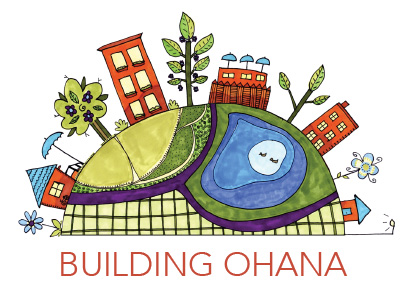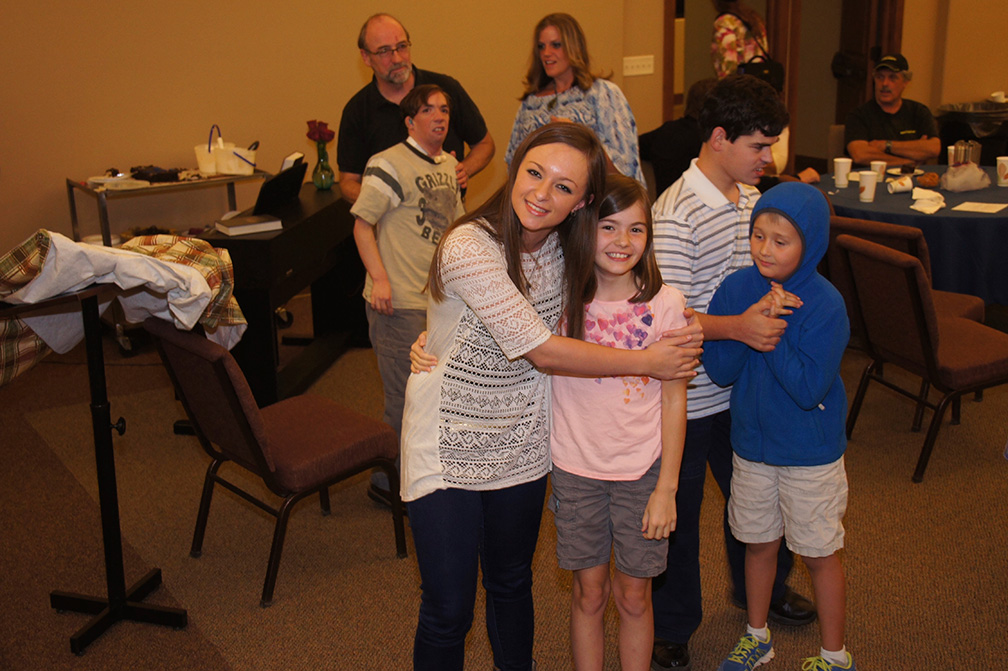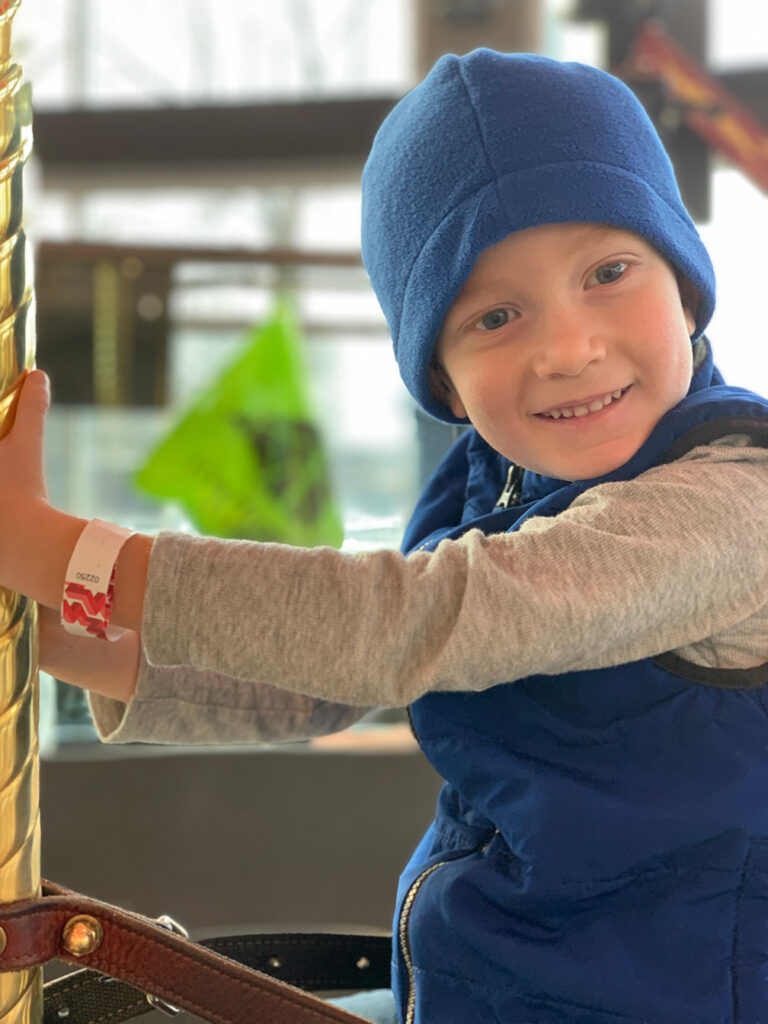The Environment of Relationships
With intentional neighboring at the core of OHANA’s purpose, social infrastructure will play a key role in how the built environment in this new type of neighborhood will encourage and support people coming together to support each other through the life stages.
Social infrastructure can be defined as those elements in our communities that exist to bring people together. Parks, green spaces, walking and bike paths, community gardens, libraries, and community centers are physical examples. Social infrastructure is essential for the health, wellbeing, and equitable prosperity of our neighborhoods. It plays an essential role in bringing people together, enhancing the quality of life, creating social capital, and establishing resilience in strong communities.
The core intention of OHANA Village is to bring neighbors together to support one another, most intentionally those of us who often experience barriers to full participation in community life. As such, social infrastructure will be designed into all aspects of the neighborhood, bringing neighbors together both formally and informally, encouraging daily interactions both intentional and unintentional, in ways that encourage the formation of long-lasting relationships of mutual care and friendship.
What will this look like? Imagine a neighborhood designed with gathering places at the very heart of the community – a common house anchoring the space and all pathways leading to homes radiating out from that space. OHANA will be designed especially to be a place for people of all abilities, with the goal of creating an accessible, welcoming environment where people with various sensory experiences can enjoy interacting with their neighbors. The common house is not just a place for large gatherings and celebrations, but a second “home”, a place to pop into for a cup of tea with neighbors, to join a board game, or a tai chi class. It is a place for shared meals and art classes, music, and conversation. A place that brings people together. The common house will also be a place of decision-making and governance, where the cooperative board and committees meet and decide how to support one another, how to connect with the larger community and how to be good stewards of our shared community. The common house will be one of the most critical centers of social infrastructure to support Intentional Neighboring.
Social infrastructure also incorporates accessible paths and clear wayfinding to support health and mobility for every resident, with benches, and other casual gathering areas throughout the community. Landscaping will be designed to support mobility across the neighborhood. Community gardens will be centrally located so that neighbors walking to the common house or to the mailbox will be able to stop by and visit with their friends working in the gardens. Play areas and other interactive outdoor space will be designed for people of all ages and abilities to enjoy throughout the seasons. They will also be centrally located and designed for both casual and planful activities and connection.
The social infrastructure will be integral to how OHANA Village can achieve its goals of Intentional Neighboring. It will require a special level of design care, to ensure that every aspect of the built environment is accessible to people of all abilities and is particularly designed to address sensory experience. OHANA will be a community mindfully designed and built to bring people to together, providing opportunities for residents to work together and play together and creating an environment for neighbors to build deep and lasting relationships that will enhance all of their lives in ways we cannot yet imagine.










